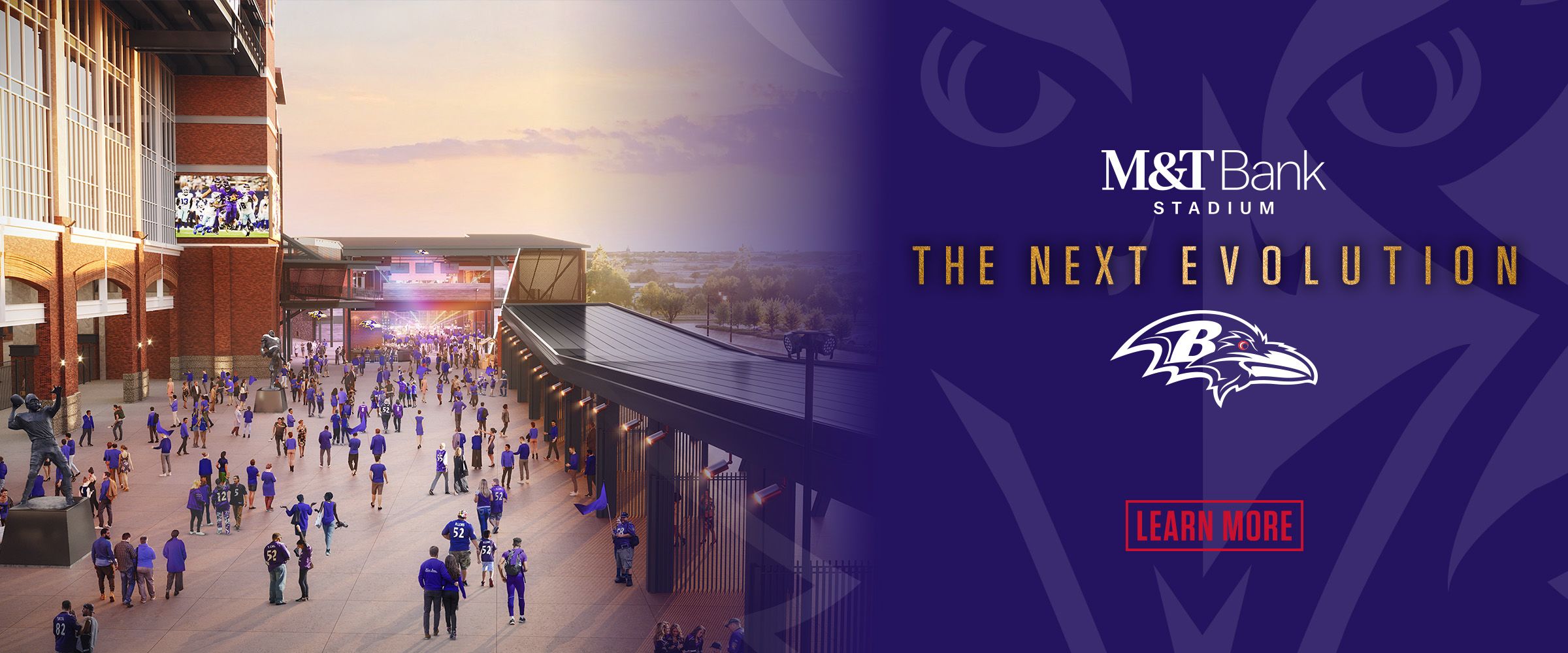Why Not Use Timeout Before Halftime?
The turning point of Sunday's loss to Denver came just before halftime, when quarterback Joe Flacco was picked off for a 98-yard interception return. It was a 14-point swing that put the Ravens in a three-score deficit heading into the locker room.
Before the interception, the Ravens hurried up to the line of scrimmage the 4-yard line and used the no-huddle with 34 seconds left, rather than calling one of their three timeouts to talk over the play.
Head Coach John Harbaugh said that the offense went up-tempo because they had an opportunity to catch the Broncos on their heels.
"That's a split-second decision that you make," Harbaugh said. "The idea there – and we've done that before – it's a strategy choice that we make to keep them on their heels. So it has nothing to do with how many timeouts we have. We made a decision that they were on their heels, they were trying to make a substitution and we noticed that, and we wanted to get on the ball and run a play. That's what we tried to do."
Time wasn't an issue, as the Ravens snapped the ball with 30 seconds left on the clock and they had plenty of time to run three more plays before halftime had the pass fallen incomplete.
But the result of the play clearly was not what the Ravens intended, and based on the outcome, Harbaugh wished things had gone differently.
"Hindsight – outcome – absolutely. Huddle up and regroup," Harbaugh said. "That's a pretty easy assessment at this point. Absolutely from an outcome standpoint, I wish we'd have done it differently."
From a strategic standpoint, however, the Ravens have used the up-tempo offense at points this season and they plan to continue that approach down the stretch.
"It's not something we're going to throw out of the playbook. It's something that we feel good about and it's had a lot of success in the past and we'll have success with that in the future. We'll mix it in. It's a good question."
Why Not Go For Two?
Another one of the decisions that was questioned after the game and again on Monday was why Harbaugh didn't elect to go for two after the Ravens scored a touchdown with 4:32 left in the fourth quarter. Dennis Pitta's touchdown made the score 34-16, and a two-point conversion would have put the Ravens in a 16-point hole, technically a two-score game if the Ravens get two more touchdowns and make two more two-point conversions.
Instead of trying for the two points, the Ravens opted to kick the extra point and Harbaugh explained the decision Monday.
"To me it's a simple decision," Harbaugh said. "Your chances of making three two-point conversions in a row are lower than your chances of scoring two touchdowns and kicking the field goal."
Offense Needs To Run The Ball Better
The Ravens offense struggled for most of the game against the Broncos and a common theme was the inability for the running game to get started.
Running back Ray Rice finished with 12 carries for 38 yards and Bernard Pierce had five carries for 20 yards. The 38 rushing yards for Rice was his second-lowest total on the season.
"We'd like to run the ball a little better than we did. I am a little disappointed in that," Harbaugh said. "We tried to get that going, and there just wasn't much happening there. We need to sustain. We need to be a little more consistent, make a few more plays and get first downs."
The Ravens were playing with a new offensive line grouping because Pro Bowl right guard Marshal Yanda was out with an ankle injury and veteran Bobbie Williams started in his place. The banged up line also had to go up against a Broncos front that ranked sixth in the NFL against the run coming into the game.
"That's a really good front, first of all," Harbaugh said. "That being said, we need to run the ball better. We need to be able to run the ball against the front – any front – and that's something that we have to do a better job with."



















